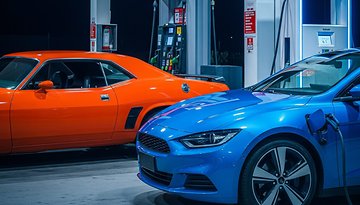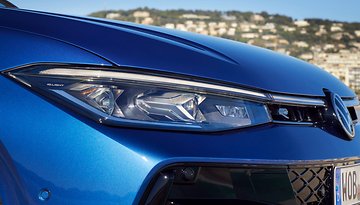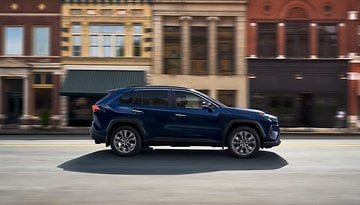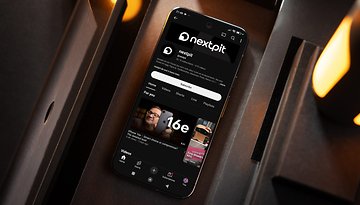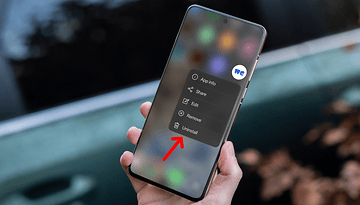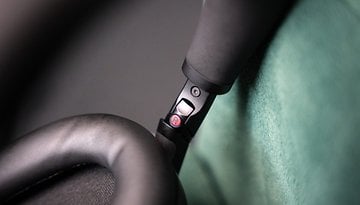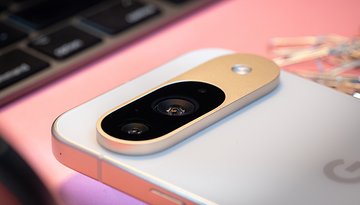Bosch invests in hydrogen fuel cells for electric cars
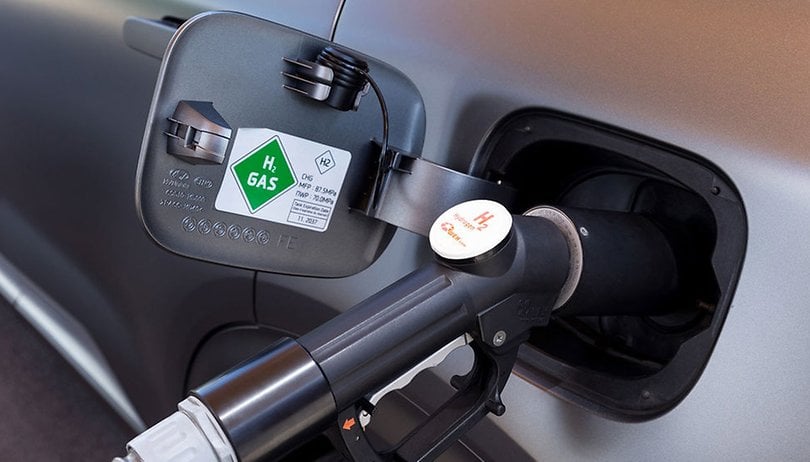

Most electric vehicles of all sizes and shapes have Bosch components in them. To keep it that way, the group has now announced a cooperation with the Swedish fuel cell manufacturer Powercell. Bosch predicts that by 2030 every fifth e-car will be filling up with hydrogen.
Lithium-ion batteries alone are obviously not enough to electrify road traffic. Hydrogen can be replenished more quickly and, in particular, can bring large vehicles such as trucks from A to B more efficiently. To tap this market as well, Bosch has now entered into a partnership with Powercell.
The former Volvo subsidiary is developing a fuel cell stack based on the polymer electrolyte fuel cell (PEM). This is because the start-up company is going to work together with Bosch to develop the product to mass production readiness. At the same time, Bosch has secured the license for mass production. The target launch period is "2022 at the latest". The message continues:
"For Bosch, the business with mobile fuel cell technology has long-term potential in the billions. Bosch estimates that up to 20 percent of all electric vehicles worldwide will be powered by fuel cells by 2030."
The legislation accommodates Bosch. The European Union, for example, provides for fleet targets for trucks in which CO2 emissions are to be reduced by an average of 15 percent by 2025 and by 30 percent by 2030. Hydrogen instead of diesel, and fuel cells instead of batteries, are regarded as promising solutions.
It goes on to say, "One kilogram of hydrogen contains as much energy as 3.3 liters of diesel. For 100 kilometers a 40 tonner needs about nine to ten kilograms of hydrogen." Unfortunately, fuel cell stacks are still too expensive. Together with Powercell, however, Bosch intends to significantly undercut the competition. And at around five dollars per kilogram, the fuel is still too expensive.
Here, Bosch is hoping: simply for "industrialization and [...] the spread of technology on the market," and the resulting "economies of scale," which will lower costs according to Dr. Stefan Hartung, Bosch Managing Director and Chairman of the Mobility Solutions division.
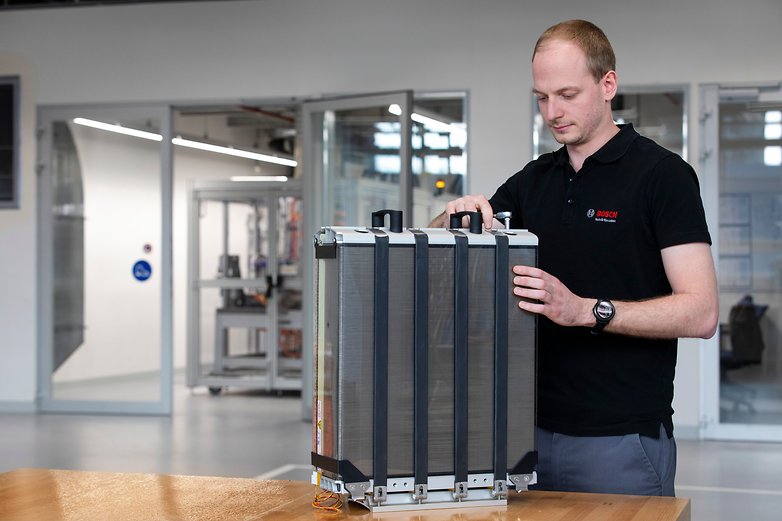
The same applies to the availability of fuel. There are only 39 hydrogen filling stations in the US, and all but four are in California. The explosive fuel is in the tank within a few minutes. In the vehicle, it is burned together with oxygen in a controlled manner via the fuel cells which are divided into stacks, producing electrical energy and water vapor.
If a vehicle is to have more horsepower, then it's simple: more stacks are installed. The current Powercell stacks have an output of up to 125 kilowatts. Prototypes have already been tested in trucks and cars. Bosch, for its part, wants to contribute an air compressor with power electronics and the control unit with sensors.
When the largest automotive supplier joins the party, then the comeback of fuel cells may still be possible after all. The fact that these can have considerable advantages over battery-powered electric vehicles has already been discussed by many. Here are a couple of articles on the topic you may want to check out:
Let us know what you think of this technology in the comments!
Source: Bosch
